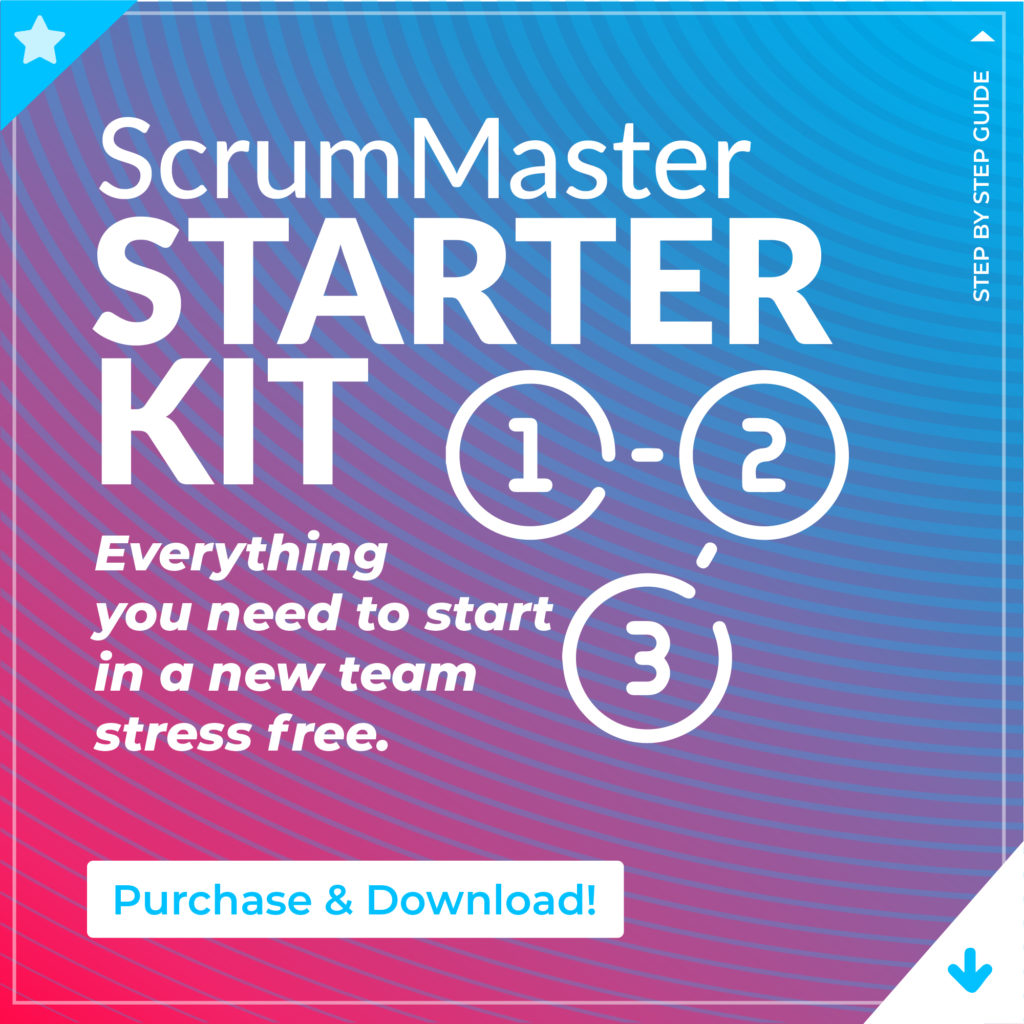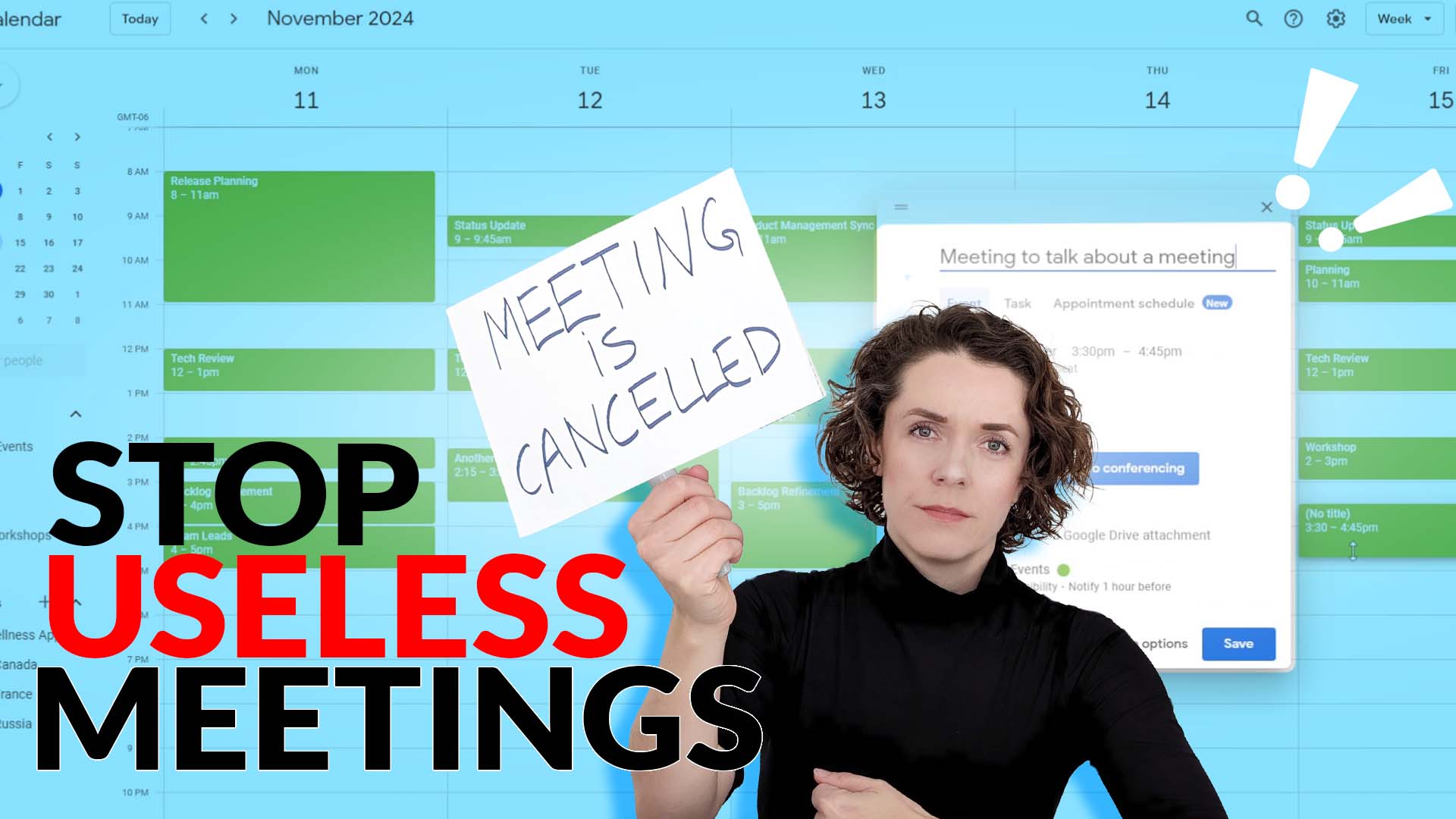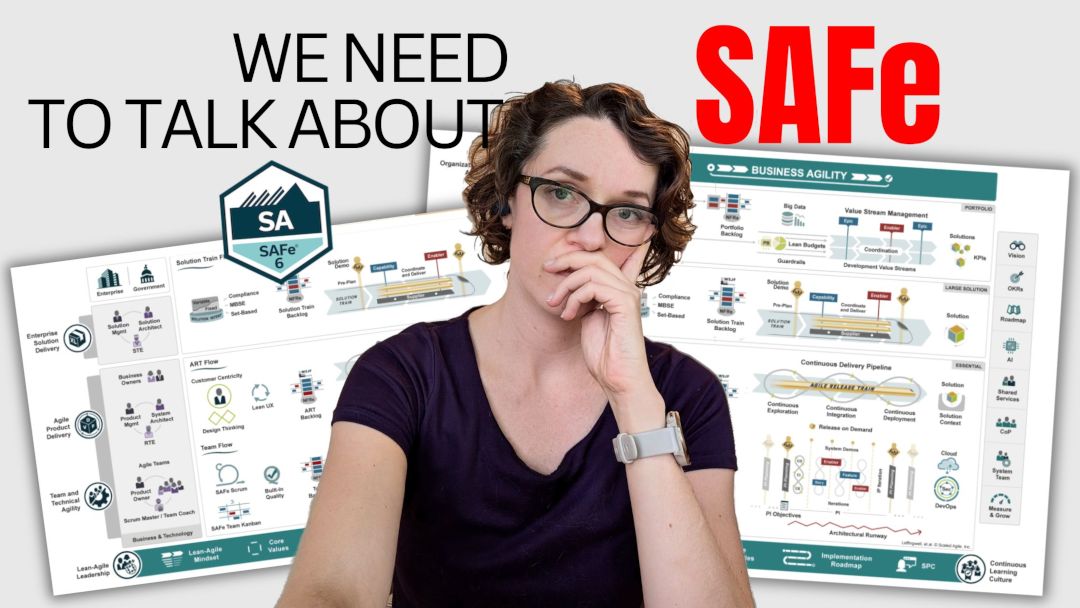In this blog post, I’ll walk you through some important steps you need to take in your first days to set a strong foundation for your long term success.
Let’s start with a disclaimer. There is no guidebook or an instruction manual to being a Scrum Master. What Id’ like to share is just a few best practices that have worked for me in the past. Will they work for you? It depends…

If you are looking for actionable insights and tips that can make your Scrum Master life easier, check what Scrum Master Starter Kit has to offer.
Getting to know your team
Often when you join a new team, your first reaction is to start making changes and suggesting improvements because you have a fresh eye on what’s going on.
That is, however, the worst thing to do in your first days.
You main goal when you start is to understand what is happening in the organization and your team. What’s their history?
It’s all about observation and listening.
Focus on getting to know your team and organization first, don’t jump into the solutioning mode just yet!
Building relationships
You can’t go anywhere as a Scrum Master if you don’t know the right people and cannot influence bigger organizational structures.
That’s why one of the first steps you should take when starting out is to meet people.
It’s important to always go outside of your team as when it comes to impediments, you surely will need help and support from others.
Helping someone
Everybody’s calendar fill up really quickly after the first week. Somehow you are invited in all of those meetings and discussions and you are frantically trying to connect the dots.
This can be good and bad. Good because it can give you more context (see the point above). Bad because it makes you very busy, and hence, unable to help anyone.
Another important step to take in your first Sprints, is to figure out where you can help. It can help you build credibility and some trust capital in the organization.
Look around in or outside of your team for people who can become your alies and agile change agents. Figure out what their biggest pain point is right now and find a way to implement agile values and principles to make the problem smaller.
It might not be related to Scrum at all, but it’s a great way to start.
You might be wondering why this list is so short.
Well, firstly, this is not a guide. And secondly, each of these three items is like a pandora box. As you dig deeper, you will find more things that need your attention.
You won’t be able to fix them all at once, and each of the challenges might need months of work to resolve (or even just improve). You will be able to do it through observing, building relationships, and helping others. In the end, these are the key elements that really matter.
Of course, it doesn’t mean that you have to figure everything out all by yourself.
For those of you who need guidance in your first steps as a Scrum Master with clear action items and tools you can implement right away, I have created the Scrum Master Starter Kit.
Scrum Master Starter Kit is:
- a unique never shared before guide on setting up your practice as a new Scrum Master in a new team.
- a tested and proven example of an improvement plan that you can adapt and re-use for your own situation.
- a direct download of the free whitepaper Action Plan for Scrum Masters that can give you more insights into the daily routine as a Scrum Master.



